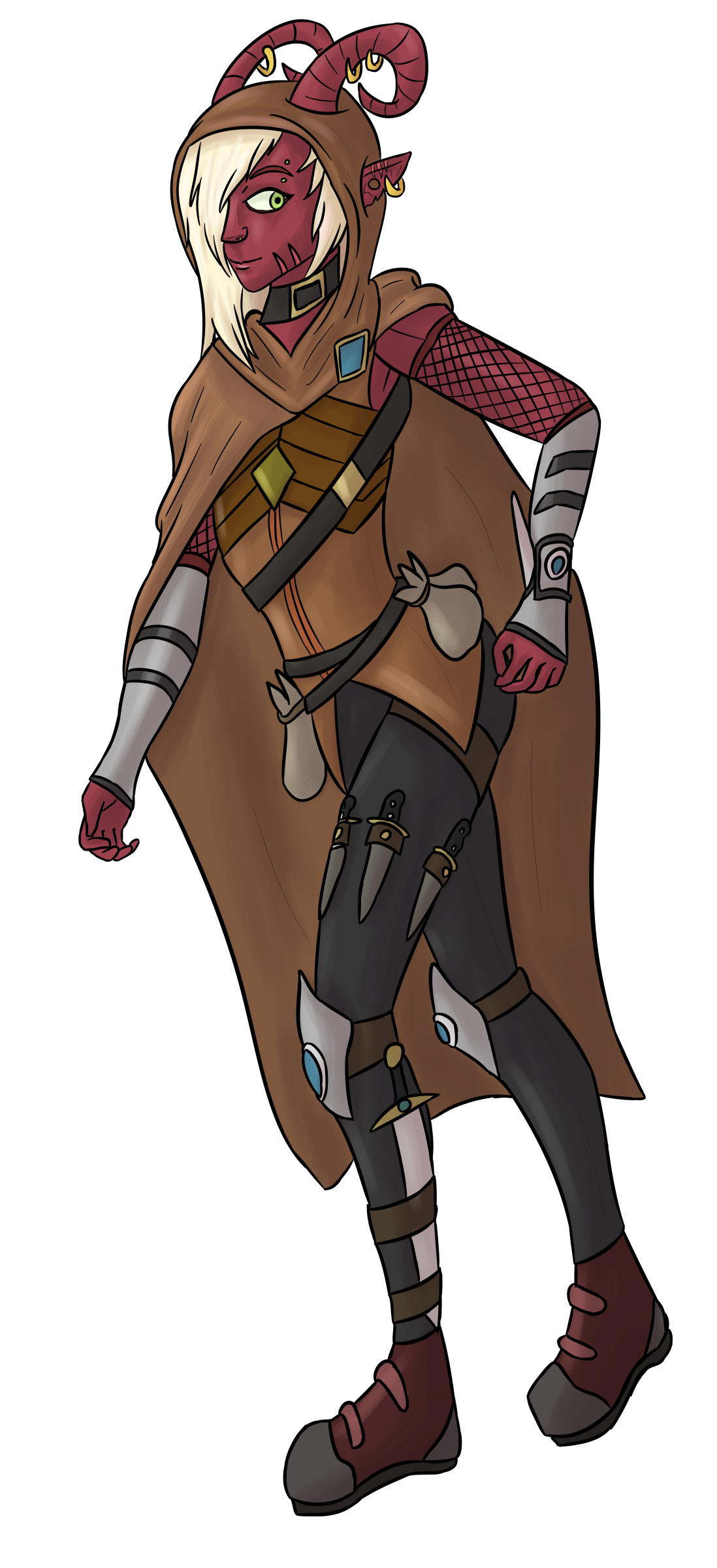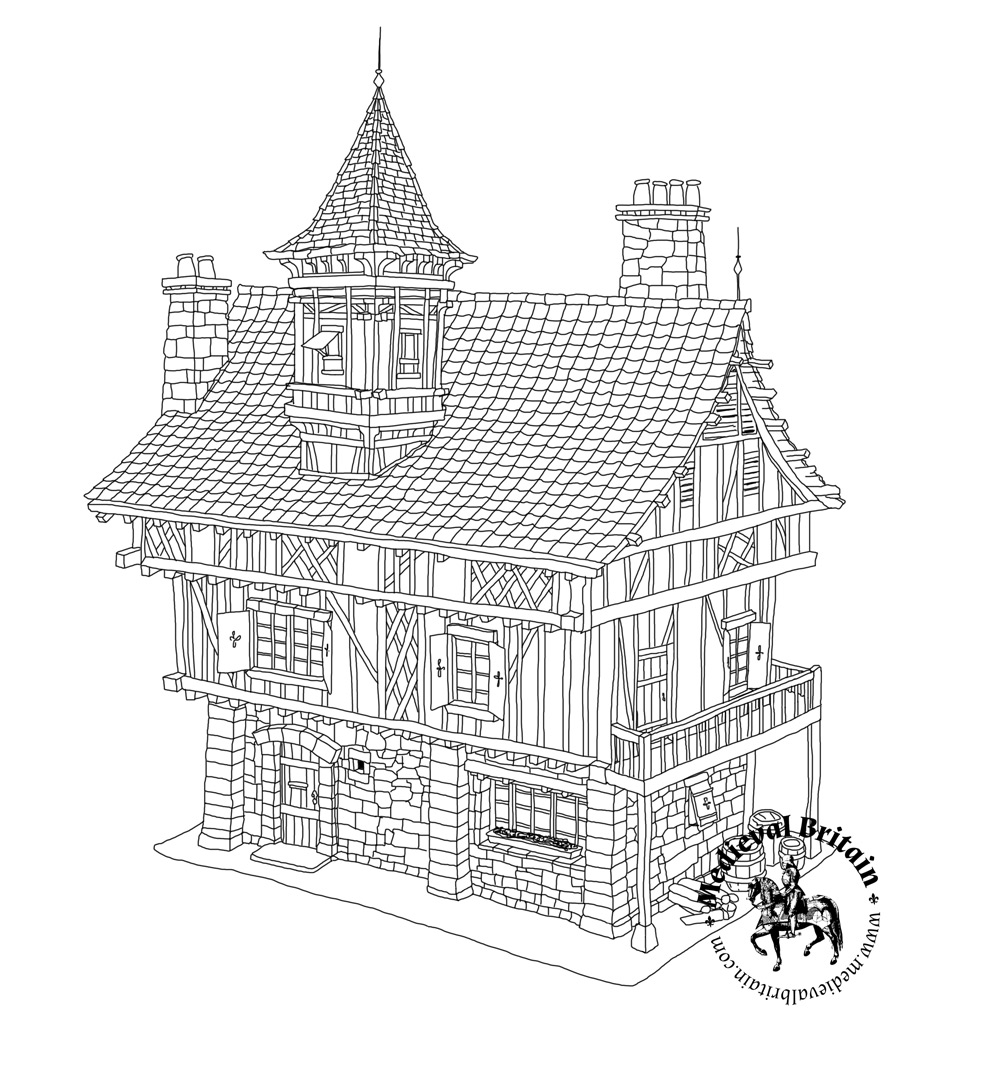Table Of Content

Old Time Music is proud to have such a passionate and talented team of writers who share their love for music with our readers. All tracks on vinyl, from the album Crowded House except the extended version of "Don't Dream It's Over". All live tracks, recorded on Phil Jupitus Show at BBC GLR, 21 June 1996. According to Neil Finn, you can’t put a “paper cup” in a song without it being a reference to John Lennon. In the Beatles’ Across the Universe, it’s words that are flowing ‘like endless rain into a paper cup’. Neil Finn’s masterful songwriting continues to shine in the second verse, where he introduces a more personal element to the song.
The Meaning of the Song
The song, written by the band’s frontman Neil Finn, was released on Crowded House’s self-titled debut album in 1986 and became a worldwide hit. In this article, we will dive into the meaning, story, and legacy behind “Don’t Dream It’s Over” by Crowded House. Crowded House helped launch a new post-New Wave era in pop music in 1986, creating beautifully simple, earthy melodies driven by guitars rather than synths.
Crowded House Release New Song "Oh Hi": Stream - Consequence
Crowded House Release New Song "Oh Hi": Stream.
Posted: Thu, 08 Feb 2024 08:00:00 GMT [source]
Music video
There is a sense that despite the battles we face and the challenges that may arise, there is still freedom and possibility available to us. The line “Try to catch a deluge in a paper cup” beautifully captures the idea of trying to contain something vast and overwhelming in something small and fragile. In 1991, English musician Paul Young covered "Don't Dream It's Over" on his first compilation album, From Time to Time – The Singles Collection (1991). Young's version, released by Columbia, was produced by Dan Hartman, and featured Paul Carrack singing the fourth chorus and performing the keyboard and synthesizers. In this sixth episode of The Story Behind the Song, host Peter Csathy interviews Finn about “Don’t Dream It’s Over” and how it came to be. The two also discuss Neil’s beautiful love song “Fall at Your Feet” from Crowded House’s third album, Woodface.
Weekly charts
Through it all, Finn touches on his continuing “out of the box” musical journey, from Split Enz, to Crowded House, to solo artist, to Fleetwood Mac — and what’s next for it all. The accompanying video has Finn walking through a house in which other members of Crowded House are sitting around, sometimes playing their instruments. The house is a weatherboard; we even see a slice of toast spread with Vegemite.
Browse Lyrics.com
The song reached North America a few months later, where it peaked at number 2 on the US charts and topped the Canadian charts. Someone later funnily remarked to Finn that if they had titled the song “Hey Now” it would’ve topped the US charts too. The verses of “Don’t Dream It’s Over” represent challenges and obstacles. The contrasting chorus of the song, which features the message “Don’t Dream It’s Over”, portrays a sense of hope and optimism.
The Meaning of “Scared to Start” by Michael Marcagi
When the organ solo comes, the windows of this house are suddenly arched and have stained glass. "Don't Dream It's Over" is a 1986 song by rock band Crowded House and is the fourth single from their debut studio albumCrowded House. It went to number 1 in Canada and New Zealand, number 2 in the United States, number 6 in Belgium and Norway, number 7 in the Netherlands, number 8 in Australia and number 13 in Germany. The song has become a constant companion throughout various phases of my life, always providing comfort and solace. It has accompanied me during times of uncertainty, reminding me to stay resilient and not give up on my dreams.

The music and melody of “Don’t Dream It’s Over” complement the lyrics perfectly, creating an atmosphere of both melancholy and beauty. The song’s instrumentation is sparse, with an acoustic guitar, a piano, and a subtle bass line forming the backbone of the song. The chorus then bursts forth with a soaring melody that elevates the song and carries the listeners along on a journey of hope and optimism. Crowded House released “Don’t Dream It’s Over” as a single on 20 October 1986.

During initial release in 1987, it topped singles charts in Canada and New Zealand, reached number 2 in the US Billboard Hot 100, and was also top 10 in Australia, Belgium, the Netherlands and Norway. Finn’s most iconic song is, without a doubt, “Don’t Dream It’s Over” – you know, the “Hey Now, Hey Now” song. It has transcended mere “classic” status over the years to become one of the most enduring music anthems of the past several decades, inspiring sing-alongs to this day. Neil wrote this song in less than 24 hours, something this podcast has revealed to be quite common for artists when creating their most lasting, signature songs.
In a world that can often feel disconnected and divided, “Don’t Dream It’s Over” remains a powerful reminder of the human capacity for hope and resilience. Through its haunting melody and optimistic lyrics, the song speaks to a universal struggle that we all face at some point in our lives. Whether we’re dealing with the challenges of a new environment or simply striving to achieve our dreams, “Don’t Dream It’s Over” encourages us to keep going and never give up. Crowded House’s lead singer and songwriter Neil Finn has said that “Don’t Dream It’s Over” was inspired by his experiences living in Los Angeles and feeling disconnected from his homeland of New Zealand. The song was written during a time when Finn was struggling with homesickness and a sense of displacement, which inspired him to write a song that expressed the human desire for connection and a sense of belonging.
And Finn continues to record as a solo artist as well, not to mention joining Fleetwood Mac in 2018. Additionally, the song’s call for human connection and the importance of cherishing our relationships with others deeply resonates within me. It serves as a reminder to nurture the connections that bring joy and light into our lives, as they can be a source of liberation and release. The chorus, which serves as the heart of the song, implores us not to give up or let go of our dreams. It reminds us that even when the world seems intent on building walls between us, we have the power to resist and overcome. The line “They come, they come to build a wall between us, we know they won’t win” celebrates the strength of human connection and the resilience of the human spirit.
Madonna wrote a song called "Love Won't Wait" that she didn't want, but became a UK #1 hit for Gary Barlow.
















